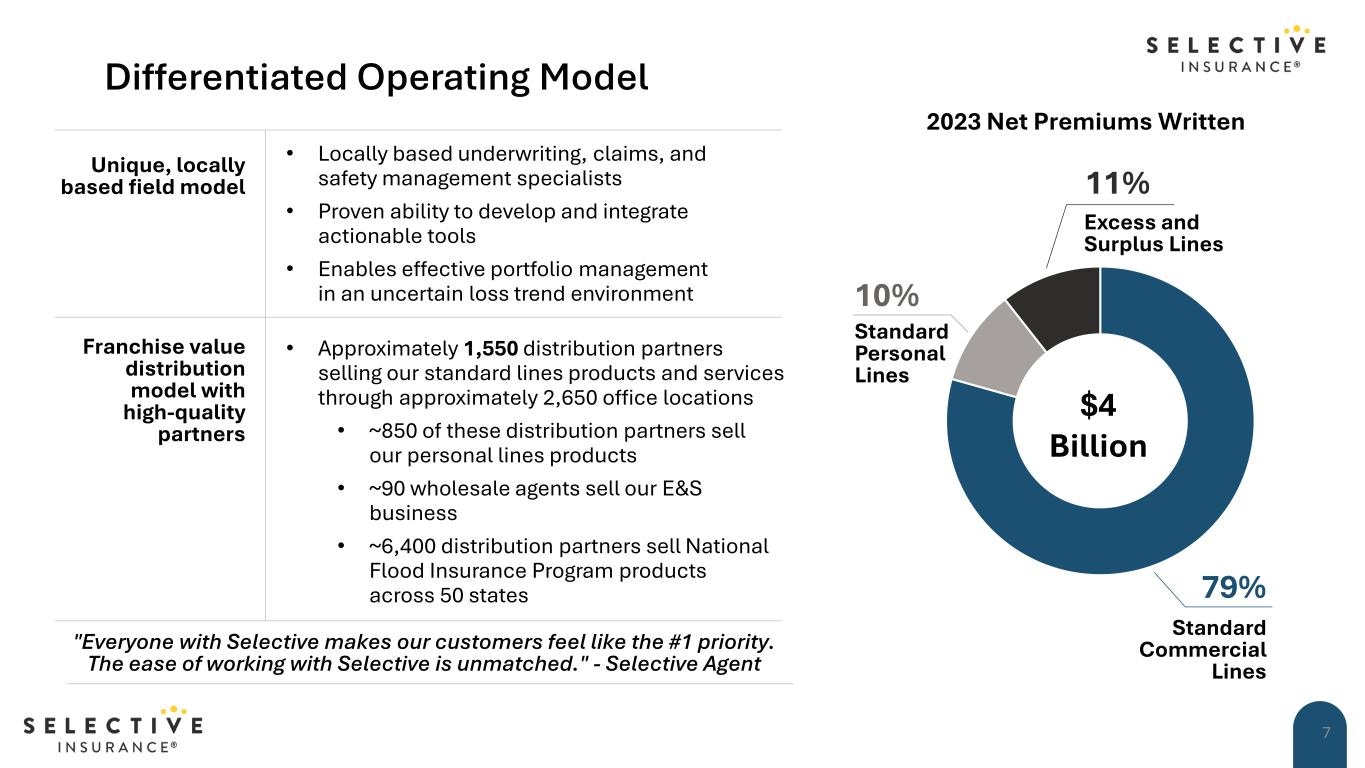
VLM Run x MongoDB integration.
Re-imagining ETL for Visual Content with VLM Run and MongoDB
As businesses amass ever-growing troves of unstructured customer data - including documents, PDFs, images, videos, and audio files - the challenge of extracting meaningful insights from this “dark data” has become increasingly critical. Traditional database approaches simply cannot handle the complexity and diversity of multi-modal enterprise content. Vector search technologies have emerged as one of the first solutions, allowing organizations to embed and index these varied data sources en masse. This enables users to retrieve relevant files based on natural language queries, akin to the Retrieval Augmented Generation (RAG) workflow. However, this represents only the first step in realizing the full potential of multi-modal data.Embeddings are not Enough
While vector search provides a valuable coarse-grained retrieval capability, it has inherent limitations. Condensing an entire document or multiple paragraphs into a single vector representation often fails to capture the nuanced content and context that enterprise users require. Extracting precise information - such as a specific sales figure, the author of a report, or the insights contained in a data visualization - remains a significant challenge. Overcoming this requires more sophisticated indexing and analysis approaches that can parse the diverse modalities within enterprise data.Transforming Visual Content with VLM Run
We believe Visual Language Models (VLMs) hold the key to unlocking the true value of enterprise visual content. Enter VLM Run - our highly specialized Vision Language Model that empowers organizations to accurately extract structured data from diverse visual sources such as images, documents, and presentations. This breakthrough capability, which we call ETL for visual content, allows businesses to seamlessly process and index unstructured visual data, transforming raw multi-modal information into valuable, queryable insights. Here’s an example of a slide from a financial presentation and the structured JSON output that VLM Run can extract:
Sample image from a financial presentation.
JSON Output
JSON Output